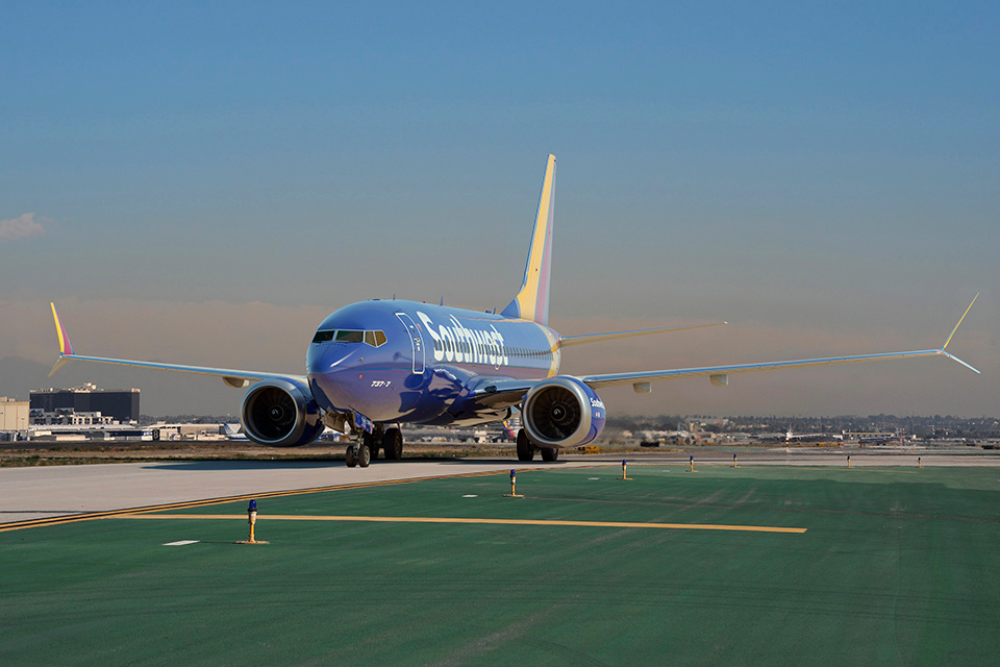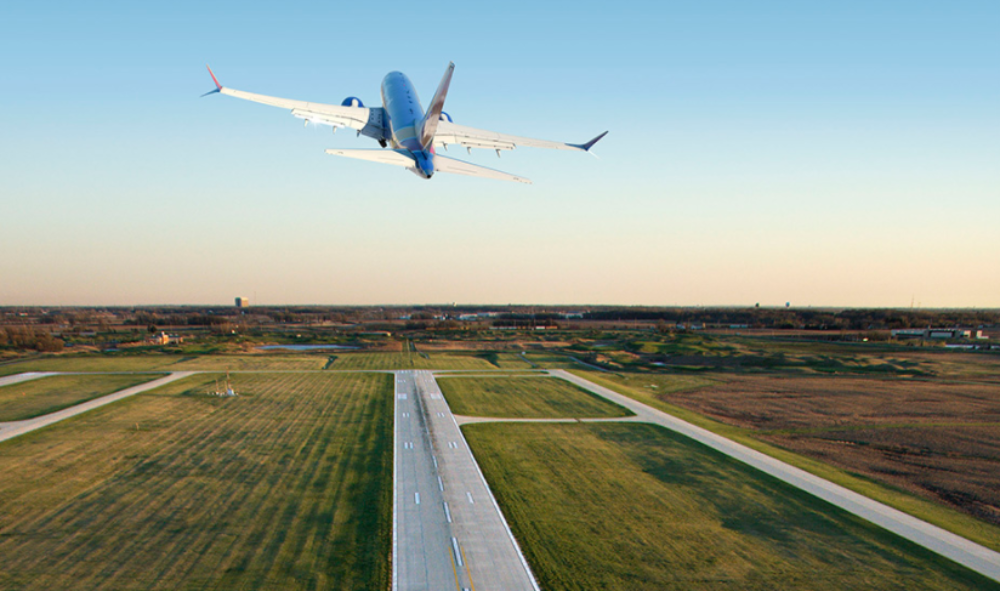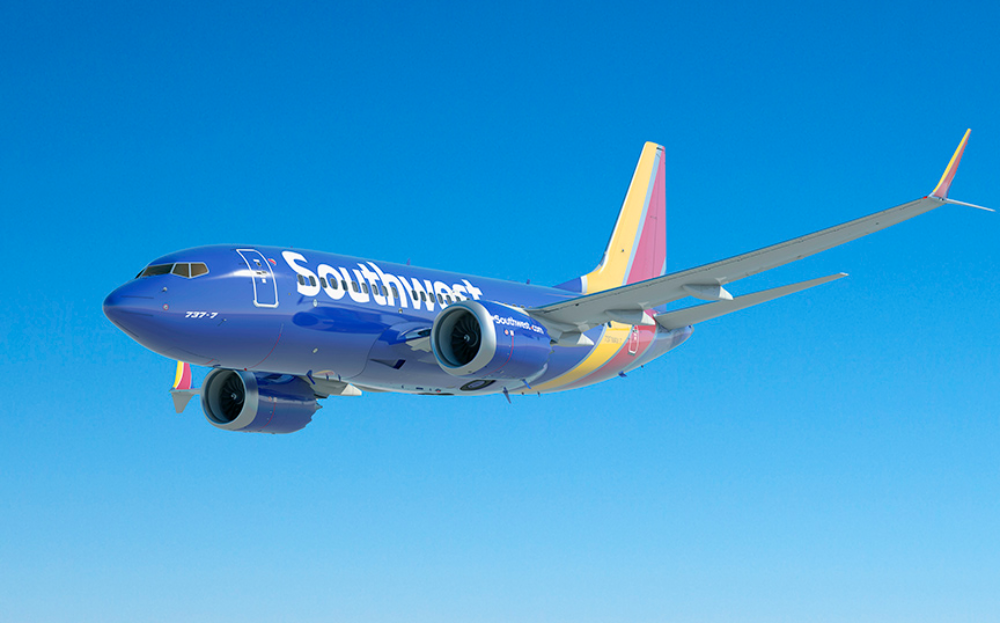There's some light on the horizon when it comes to the 737 MAX. The Federal Aviation Administration appears to be inching towards recertifying the plane. For airlines with MAXs in their fleets, it has proved a long wait. Dallas-based Southwest Airlines has the most at stake. It is the largest operator of the 737 MAX.
Before everything went belly up with the MAX, Southwest Airlines had 280 MAXs on order. It has received 34 so far, all of which sit grounded. Despite the cost and inconvenience, Southwest's CEO, Gary Kelly, remains a fan of the plane. In May, Simple Flying reported him saying,
"It’s a superior airplane to the Next Generation 737 that we’re currently operating. It’s the most cost-effective plane in terms of fuel and maintenance, and provides a great customer experience.”
At the time, Mr Kelly was expecting the MAX back in the air in the fourth quarter of 2020. That's now. The airline boss may have jumped the gun with his timeline, but recertification of the MAX is definitely getting closer. So, what to expect when the MAX returns to service with Southwest?
Stay informed: Sign up for our daily aviation news digest.
Pilots will undergo further training
MAX pilots will undergo additional training. While the new minimum training requirements are not yet signed off on, experts are predicting several hours of additional training to get pilots up to speed.
The thinking is the training will get broken into two parts. The first part will be formal learning in the classroom, or self-directed training via an online program. It will address issues such as the now-notorious Maneuvering Characteristics Augmentation System (MCAS), other relevant updates, and any other irregular aspects of flying the MAX that pilots need to know.
Then there will be a simulator session, anticipated to take a couple of hours. During that session, pilots could expect to handle MCAS activation and use the manual stabilizer trim at different stages of the flight. Pilots might also be required to demonstrate cross-FCC trim monitor activation and be exposed to various in-flight scenarios.
All up, you may be talking about half a day here. But with nearly 10,000 pilots, it's not something Southwest Airlines can knock over in a weekend. Once the FAA signs off on training procedures for the MAX, Southwest Airlines says it will take two months to get all its pilots trained up.
The 737 MAX will allow Southwest to keep growing
When that's happened, and with the MAXs available to fly again, you could expect Southwest's current expansionary tactics to continue. It's a tough flying environment right now, but while most airlines in the United States are downsizing, Southwest wants to grow.
Gary Kelly has previously spoken about opportunities he sees in the market. The MAX grounding had hampered his ability to chase those opportunities. Then 2020 rolled around, further complicating matters. But Mr Kelly remains keen to step onto many routes left vacant after competition airlines left.
The operational efficiencies offered by the MAX could help make otherwise marginal routes viable. Lower operating costs will also allow Southwest Airlines to keep fares down. In turn, that helps drive passenger demand. Right now, every airline in the United States, including Southwest, needs all the passenger demand they can get.
Of course, Southwest Airlines can get as ready as it likes. But the great unknown is when the FAA will recertify the 737 MAX. It should be soon, but until there's a firm date, it's all just speculation. For Southwest Airlines, speculation doesn't drive the business; getting the MAXs back in the air does.
What do you think? Is Southwest well-positioned when it comes to the 737 MAX? Or is the aircraft a lost cause? Post a comment and let us know.



